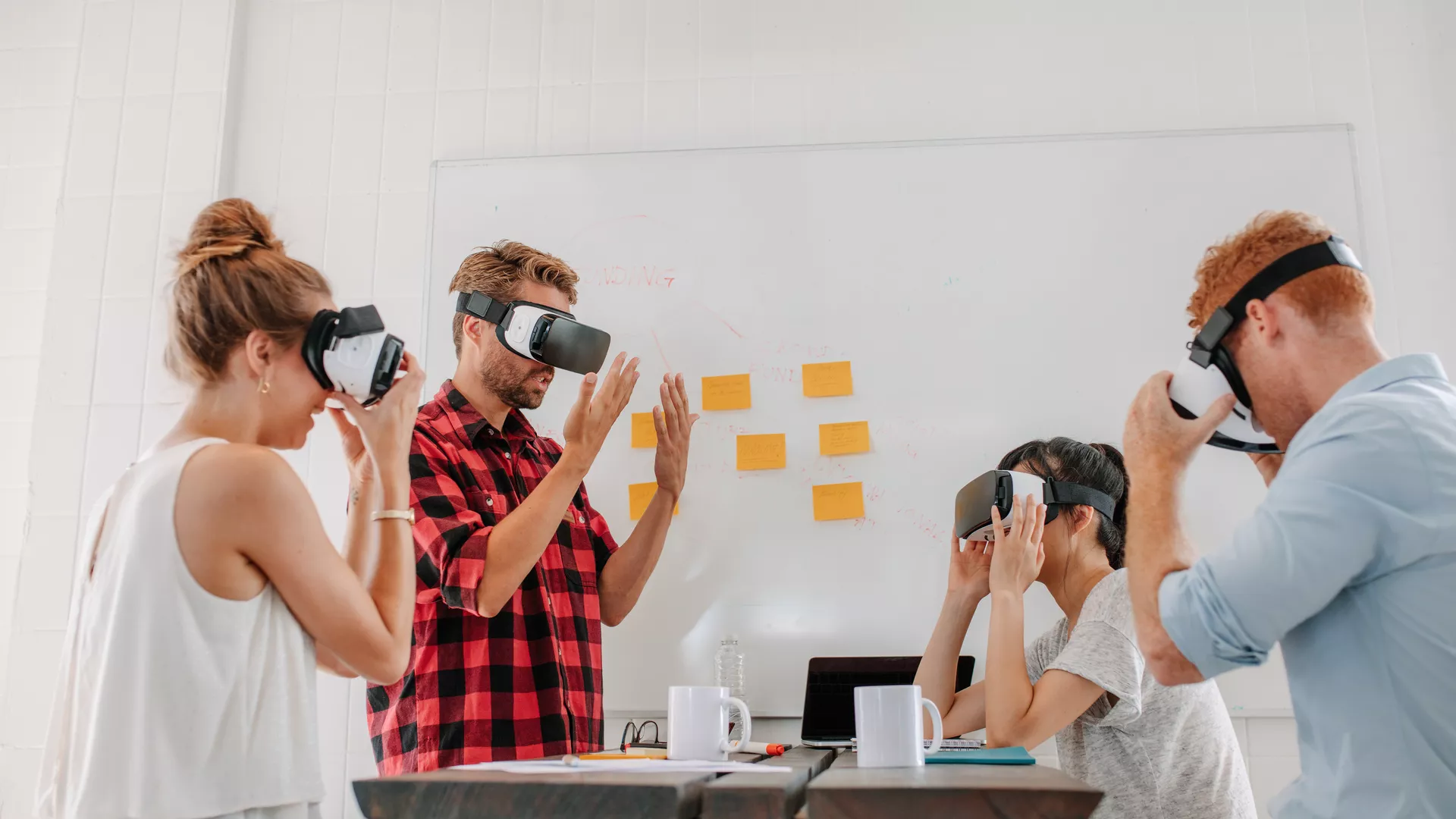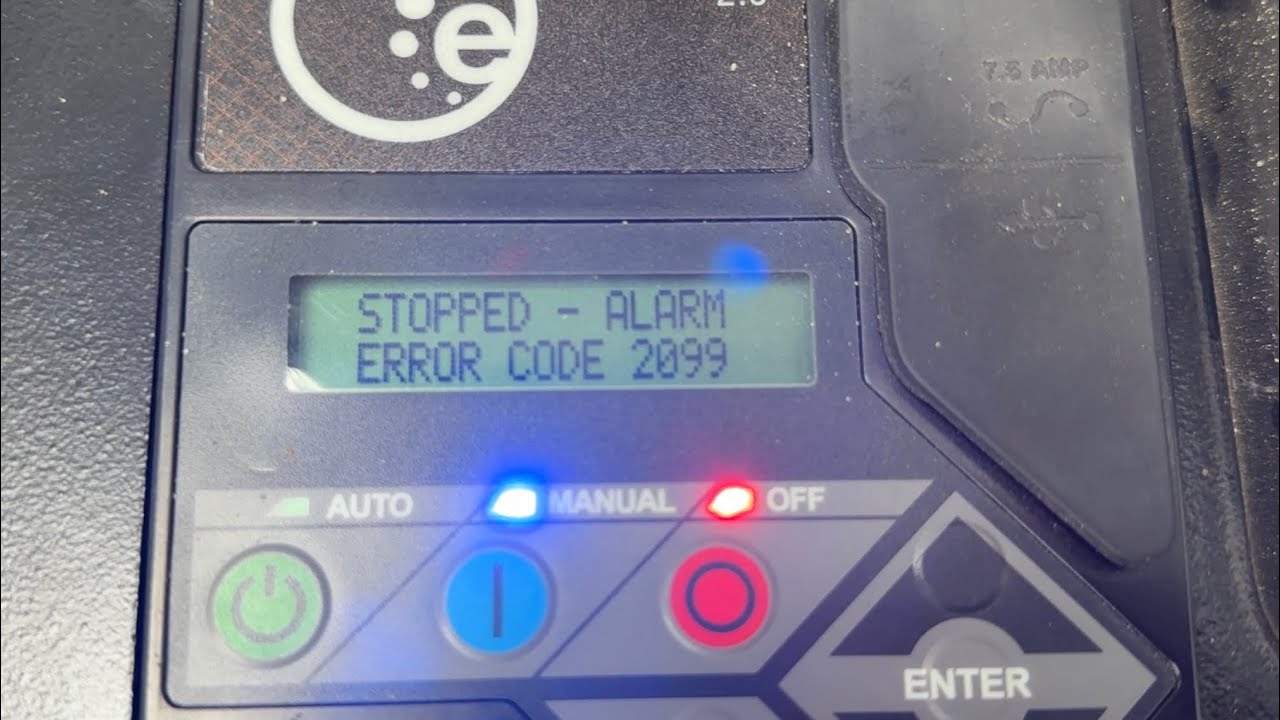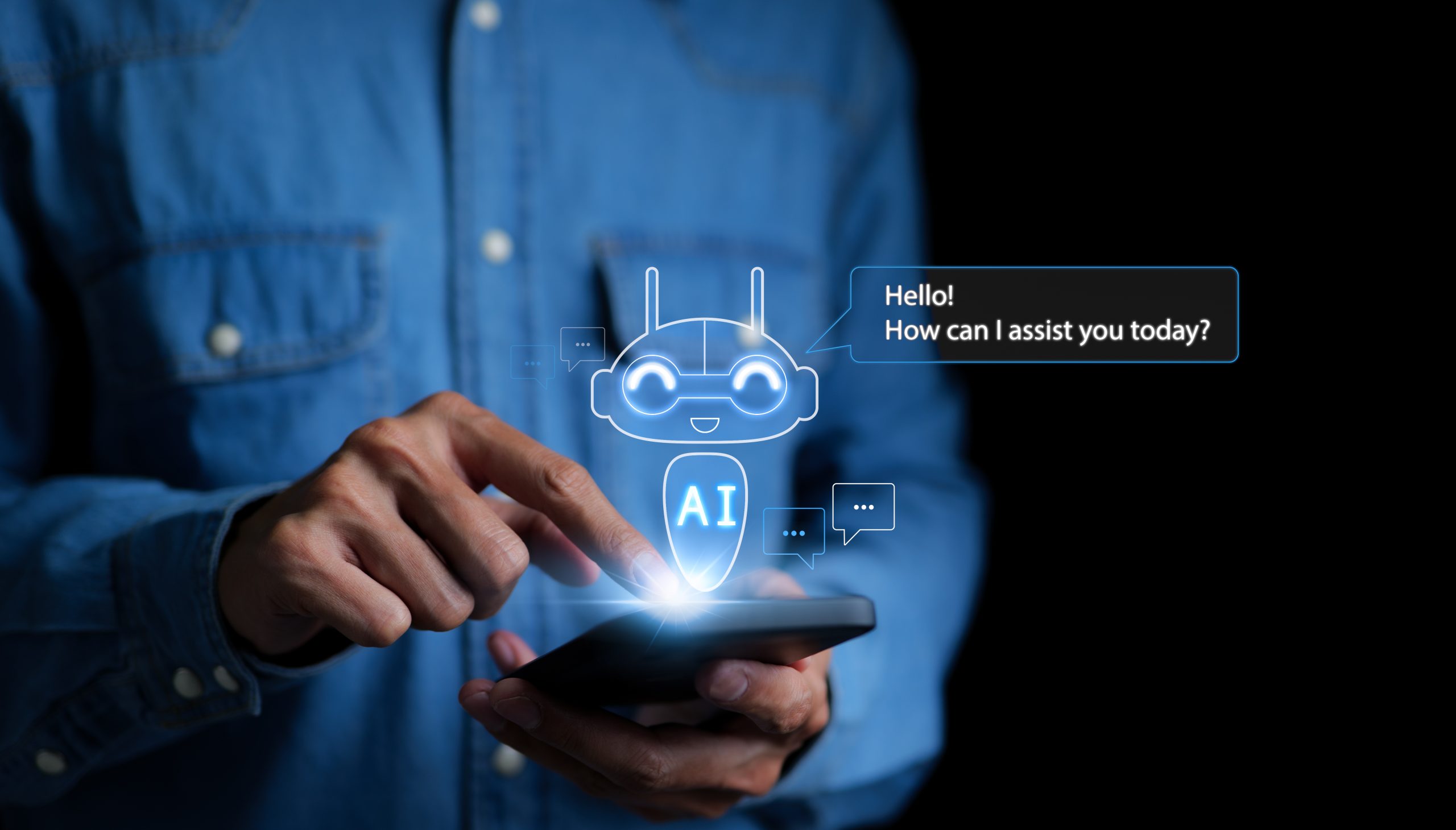The Physics of Presence in Mixed Reality

Mixed Reality (MR)—the blend of the physical and digital worlds—isn’t just a technological novelty. It’s a profound reengineering of how we perceive space, objects, and ourselves. At its heart lies an elusive goal: achieving presence—the feeling that what’s virtual is, in fact, real.
But presence isn’t magic. It’s built on rules, illusions, and the physics of perception. This article dives into the mechanics behind that feeling of “being there” in MR, and how engineers and designers manipulate our senses to make the unreal feel undeniably present.
What Is Presence?
Presence refers to the psychological state of “being there” in a virtual or augmented environment. It’s when the digital fades into the background and the experience becomes viscerally real—you flinch when a virtual object flies toward you, or instinctively sidestep a digital wall.
Presence is not just visual; it relies on multi-sensory consistency. For MR, this means syncing real-world physics with digital illusions—so the brain stops questioning what’s real and what’s rendered.
The Foundations: Perceptual Physics
To create convincing presence, MR systems must align with how humans intuitively understand physics. Some key factors include:
🕳️ Depth Perception
Our brains use binocular vision, motion parallax, and occlusion to estimate depth. MR devices simulate these cues by adjusting field of view and tracking head movement.
🕰️ Temporal Synchronization
Even small delays between user motion and system response (called latency) can break presence. High-fidelity MR requires latency below 20 milliseconds to preserve immersion.
🪞 Surface Behavior
Virtual objects must behave like physical ones:
- Bounce when dropped
- Cast shadows
- Interact with surfaces
Simulating Newtonian physics gives digital objects weight and consequence.
📡 Spatial Anchoring
MR content must remain fixed in physical space. If a digital chair jitters or floats slightly, the illusion collapses. Accurate SLAM (Simultaneous Localization and Mapping) algorithms keep everything grounded.
The Role of the Body: Embodied Presence
True MR presence isn’t just about the world around you—it’s about you inside that world.
- Hand tracking: Seeing your own hands manipulate virtual objects makes them feel touchable.
- Haptic feedback: Vibrations or force simulation provide the sensation of resistance and texture.
- Proprioception: When your virtual body aligns with your real one, the brain accepts it as real.
Presence increases when your body behaves exactly as expected in response to the environment—like picking up a hologram and feeling a tiny vibration as feedback.
When Presence Breaks
Presence is fragile. It can be disrupted by:
- 🧠 Cognitive dissonance: When a digital object behaves in physically impossible ways.
- 🎮 Interface inconsistencies: If gestures or controls aren’t intuitive or responsive.
- 📉 Poor resolution or frame rate: Low visual fidelity reminds the brain it’s a simulation.
- 🧍♂️ Lack of personal reflection: If you look into a mirror and see nothing, or your avatar doesn’t mimic your body, presence suffers.
These breaks remind us that presence isn’t just about what’s shown—it’s about how it feels and reacts.
The Future: Beyond Visual Presence
Presence will increasingly expand beyond sight and touch:
- Thermal cues: Feeling heat from a virtual fire
- Olfactory inputs: Smelling a digital flower
- Emotion-aware systems: Environments that respond to your mood
The ultimate goal? A reality where presence is so complete, your brain stops distinguishing between what’s virtual and what’s real.
Conclusion: Designing for Presence
The physics of presence in mixed reality is not about replicating real-world laws—it’s about tricking the brain just enough to feel immersed. MR designers are not just coders or artists—they’re illusionists, building experiences rooted in the physics of perception, not atoms.
Presence is not achieved through hardware alone, but through precise harmony between space, time, motion, and the human mind. And as MR continues to evolve, so too will our understanding of what it means to truly be somewhere.



